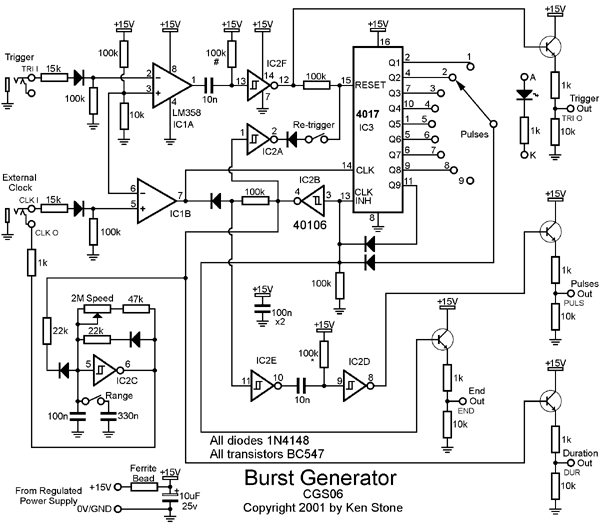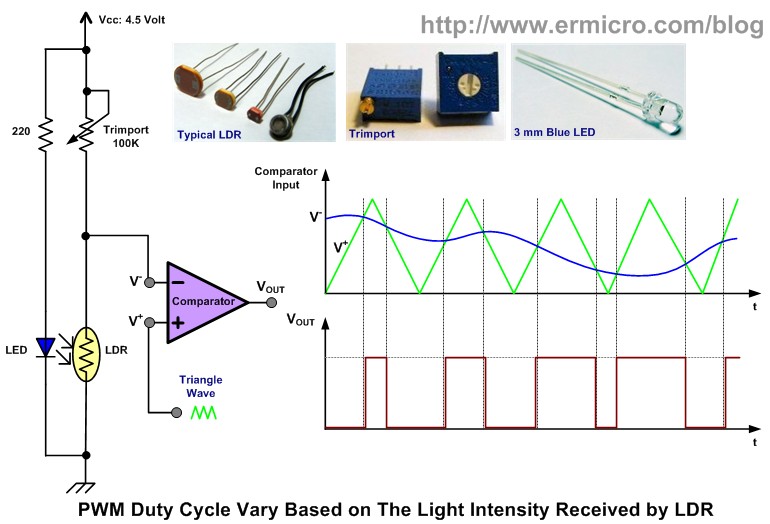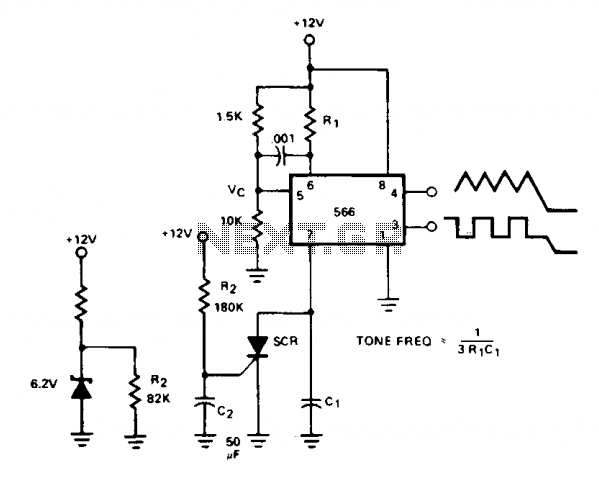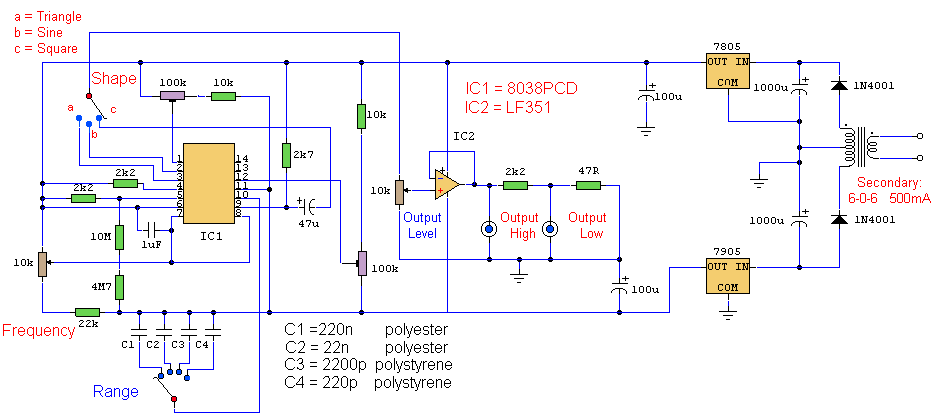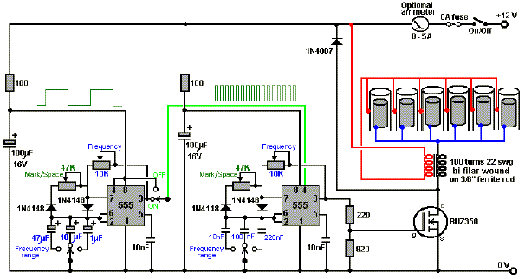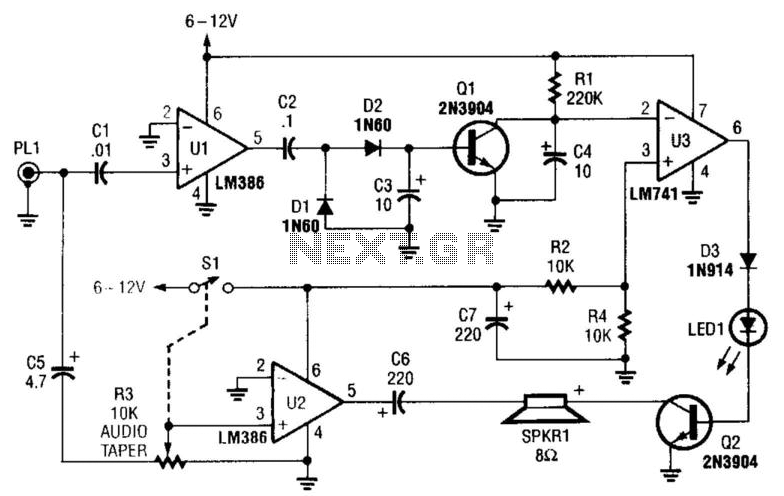
Robot Voice Generator IC HT8950
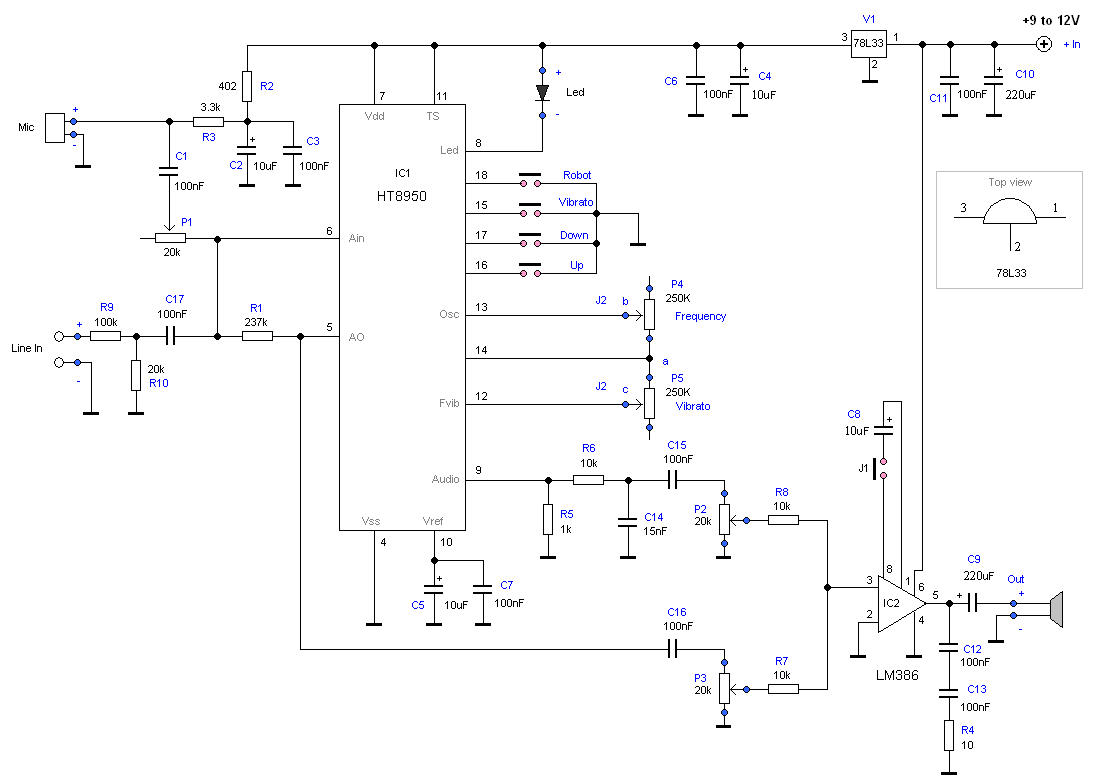
This project demonstrates the construction of a robot voice generator utilizing the HT8950 integrated circuit, which is a robust voice modulation IC. The circuit features a robot function, a vibrato function, and additional capabilities.
The robot voice generator circuit employs the HT8950, which is specifically designed for voice synthesis applications. The HT8950 can produce a variety of voice effects, making it suitable for creating robotic sounds. The circuit typically includes a microphone input, which captures the user's voice, and an amplifier stage to enhance the signal before processing.
Key components of the circuit include the HT8950 IC, resistors, capacitors, and a power supply, which usually operates at 5V. The robot function modulates the input voice to create a synthetic robotic tone, while the vibrato function adds a modulation effect that varies the pitch over time, enhancing the robotic quality of the output.
In addition to the primary functions, the circuit can incorporate various controls such as a volume control and switches to toggle between different voice effects. The output can be connected to a speaker or audio output device, allowing the synthesized voice to be heard clearly.
The schematic layout should ensure proper connections between the HT8950 and other components, including the power supply and input/output interfaces. Careful consideration of component values for resistors and capacitors is essential to achieve the desired voice modulation effects. The design should also include bypass capacitors for power stability and to minimize noise interference.
Overall, this project provides a practical application of voice synthesis technology, showcasing the capabilities of the HT8950 IC in creating engaging and entertaining robotic voice effects.This project shows you how to build a robot voice generator with IC HT8950, a powerful voice modulating IC. The circuit has Robot function, Vibrato function and.. 🔗 External reference
The robot voice generator circuit employs the HT8950, which is specifically designed for voice synthesis applications. The HT8950 can produce a variety of voice effects, making it suitable for creating robotic sounds. The circuit typically includes a microphone input, which captures the user's voice, and an amplifier stage to enhance the signal before processing.
Key components of the circuit include the HT8950 IC, resistors, capacitors, and a power supply, which usually operates at 5V. The robot function modulates the input voice to create a synthetic robotic tone, while the vibrato function adds a modulation effect that varies the pitch over time, enhancing the robotic quality of the output.
In addition to the primary functions, the circuit can incorporate various controls such as a volume control and switches to toggle between different voice effects. The output can be connected to a speaker or audio output device, allowing the synthesized voice to be heard clearly.
The schematic layout should ensure proper connections between the HT8950 and other components, including the power supply and input/output interfaces. Careful consideration of component values for resistors and capacitors is essential to achieve the desired voice modulation effects. The design should also include bypass capacitors for power stability and to minimize noise interference.
Overall, this project provides a practical application of voice synthesis technology, showcasing the capabilities of the HT8950 IC in creating engaging and entertaining robotic voice effects.This project shows you how to build a robot voice generator with IC HT8950, a powerful voice modulating IC. The circuit has Robot function, Vibrato function and.. 🔗 External reference
